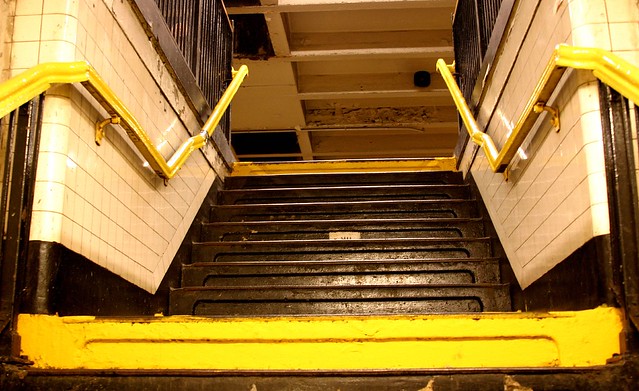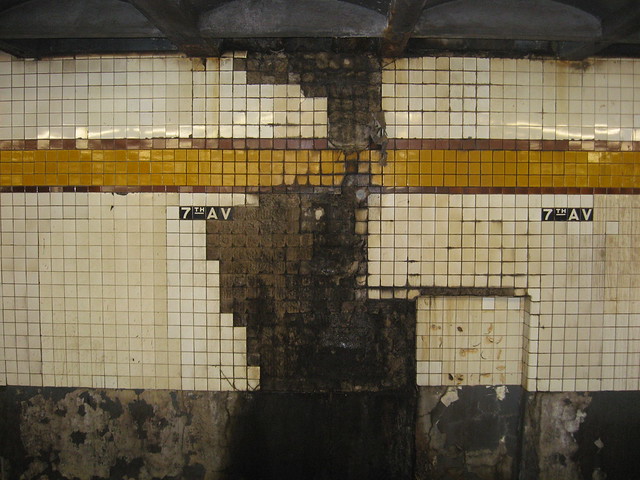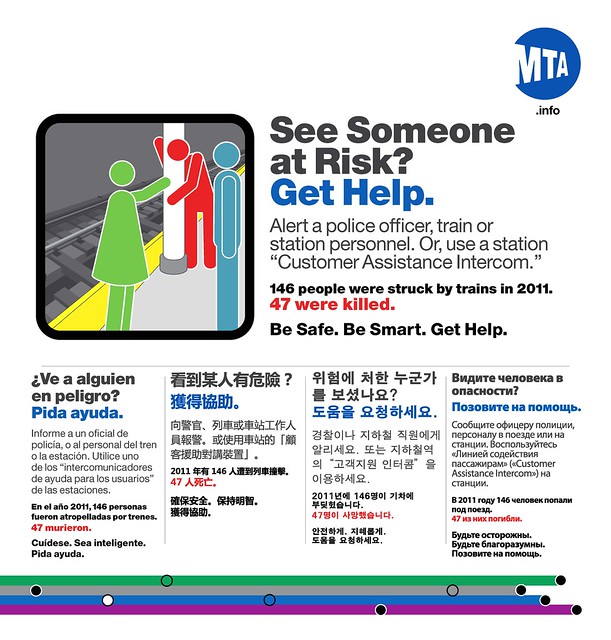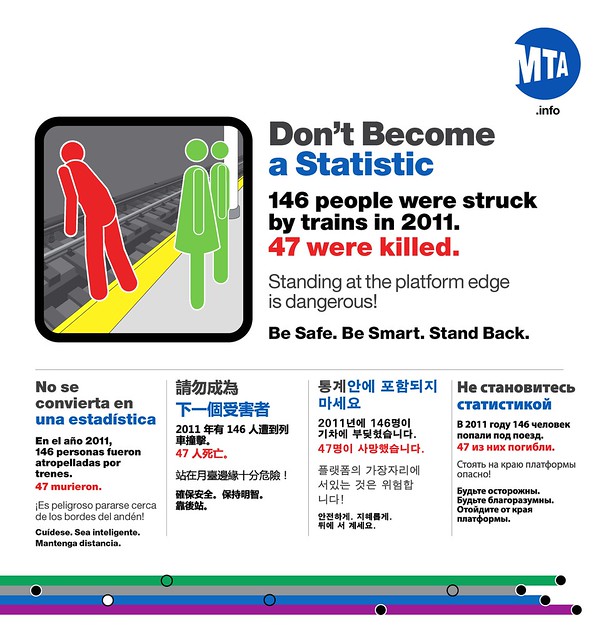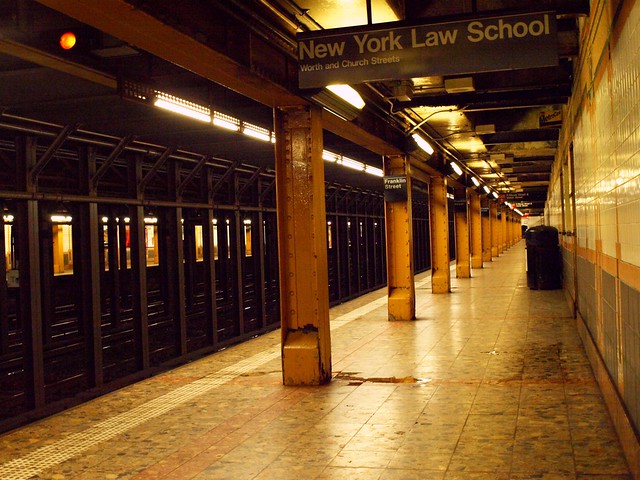
Franklin Street on the 1 train on a particularly busy day. (Photo by flickr user NYCUrbanScape)
Dotted throughout the subway system are a series of shuttered subway stations that pop up now and then as ghosts. They are reminders of an era when subways were shorter and stations even more plentiful than they are today. Many people don’t know these stations exist, and as trains fly past 91st St. and Broadway or Park Ave. and 18th St., astute straphangers can espy glimpses of a past when the city closed subway stations.
Today, we are set in our ways with 468 subway stations, and in a few years, we’ll see that total creep up by four to 472. Closing a subway station, even temporarily or overnight, is pretty much a non-starter as community groups and politicians who otherwise look down on public transit or ignore its needs entirely throw a fuss whenever the MTA threatens service. Still, it’s probably possible to argue that, in some spots, we have too many subway stations.
Yesterday, in the comments to my post on the city’s ever-growing wishlist for transit maintenance prioritization and improvements, a few SAS regulars and I got to talking about station closures. The challenge: Identify 25 stations to close that would cause minimal disruption to those who rely on transit. Challenge accepted.
In essence, it’s a thought piece. With staffing levels on the decline, shuttering 25 stations wouldn’t make much of a dent where it counts in the MTA’s budget. Sure, the MTA wouldn’t have to rehab these stations every three or four decades or paint and clean them more regularly. But the jobs saved would add up to maybe a few million dollars while a lot of people would be both upset and angry at the MTA for failing to provide an adequate level of service.
Still, thought pieces can be fun, and as I toyed with the idea, a few obvious stations came to mind, many of them along the same few routes. First, Rector St. and Franklin St. on the 1 are ripe for closures. Neither provide transfers to other lines, and entrances to both are around 0.3 miles away from the next closet station. A five- or six-minute walk is hardly a major disruption. With fewer than 6000 riders per day, Franlkin is the 240th most popular stop in the system.
Other 1 train stops were prime culprits as well. Up in northern Manhattan, barely 2000 riders per day use 215th St., and 18th St., a relatively popular station, is not even a quarter of a mile away from 14th St. In Brooklyn, Cortelyou Road and Beverly Road are 0.2 miles away from each other, and in Queens, 21st St. on the G averages 1123 riders per weekday. While those folks would argue for their stations, it’s easy to see a rational argument against keeping these stops open. Subway rides would be faster, and expenditures on stations less.
Of course, we can’t just cut willy nilly. We can’t leave neighborhoods without subway stations, and we can’t discourage system-wide use. We need to maintain regular service while allowing for it to be fast, reliable and comprehensive at the same time. So here’s my own challenge should you choose to accept it: Help me develop those criteria for assessing stations. I’ve looked at exit coordinates, distance to the next nearest subway and ridership as potential indicators of a station’s value. What do you think? I’ll develop a full list with some explanations on the stations we pick for a post early next week.

